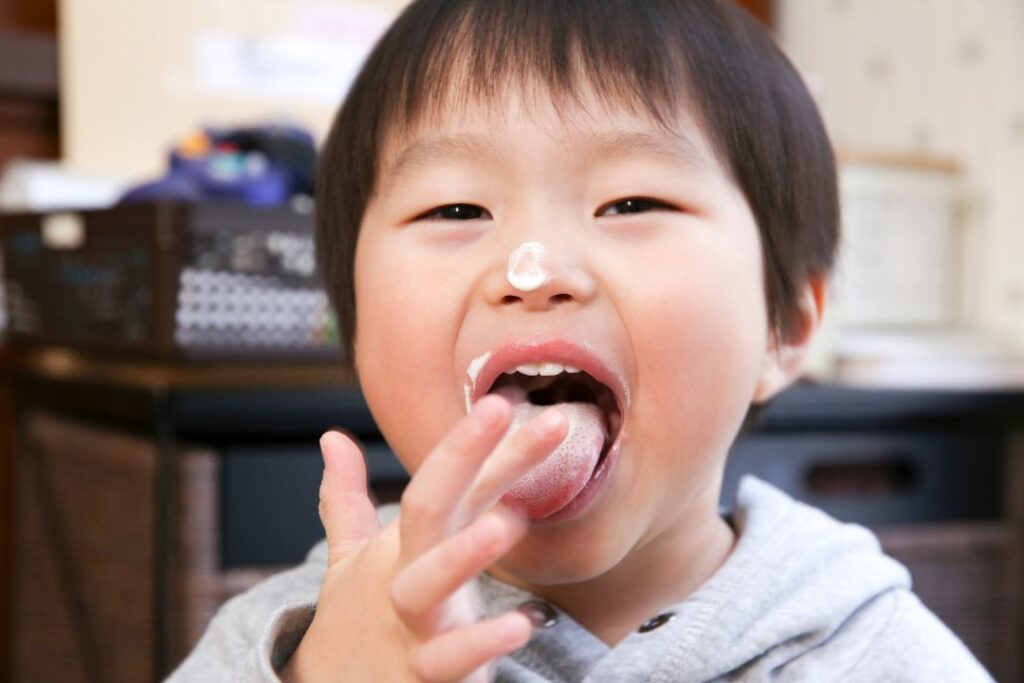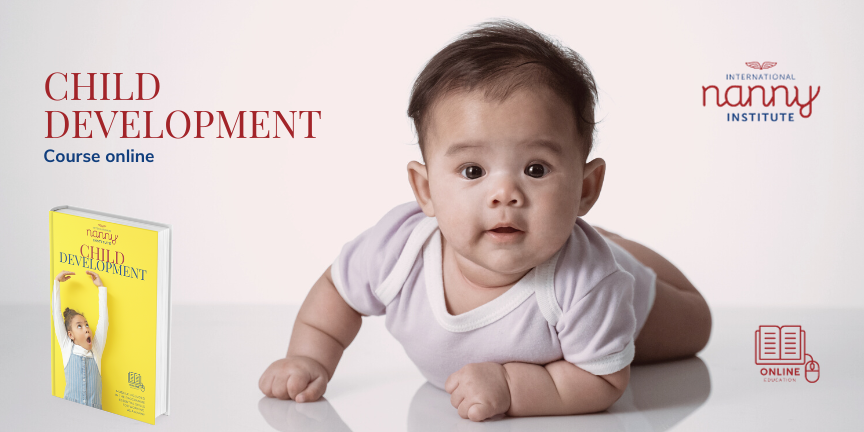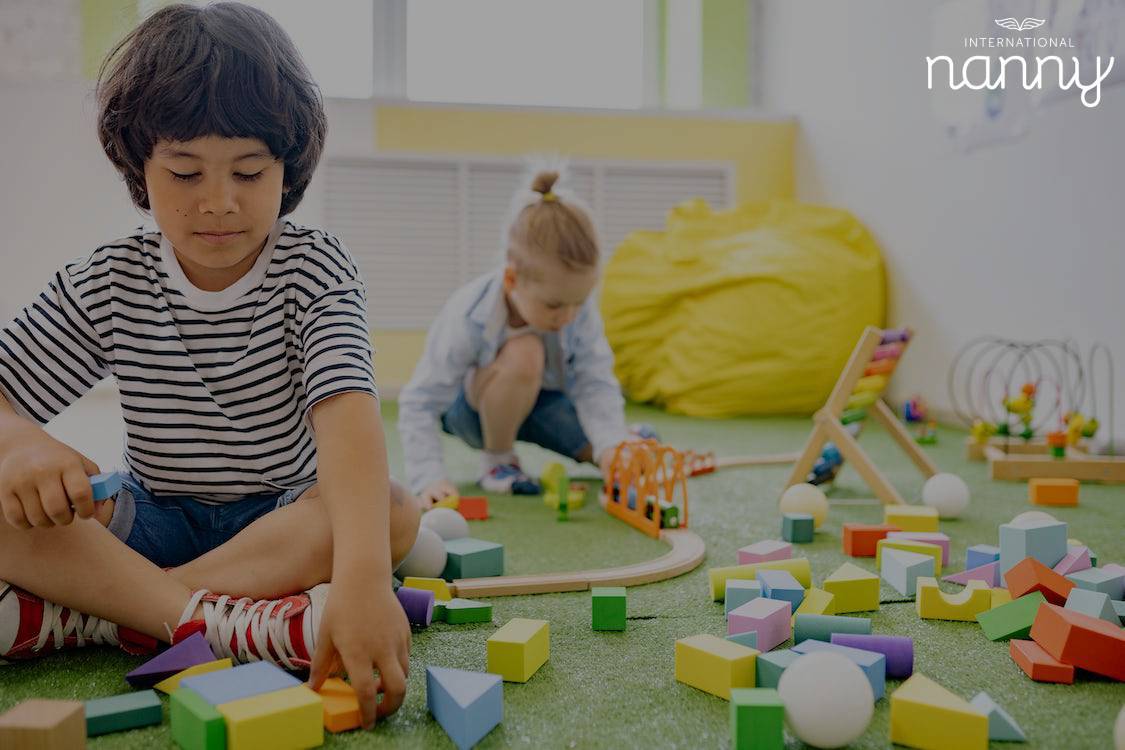As caregivers, we understand the importance of providing a nurturing environment that supports the growth and well-being of the children in our care. By understanding and actively engaging their senses, we can enhance their cognitive, social, and emotional development. In this blog, we will discuss practical ways to stimulate your infant’s senses and provide them with enriching sensory experiences. These activities can be incorporated into your daily routines, fostering a strong bond between you and your little one while promoting their overall development. So, let’s dive in and explore the fascinating world of sensory stimulation for infants.
Sight

Your infant’s visual sense plays a vital role in their overall development. During the first few months, they start to focus on objects and track movements. Here are some activities to stimulate their sight:
High-Contrast Visuals
Introduce black and white patterns or toys with bold, contrasting colours. Hanging mobiles or picture cards can capture their attention and encourage visual tracking.
Mirror Play
Position a baby-safe mirror in front of your infant to allow them to explore their own reflection. This activity promotes self-awareness and helps develop their visual tracking abilities.
Hearing

Hearing is an essential sense for language development and communication skills. Exposing your infant to various sounds and engaging in auditory activities can be highly beneficial. Here are a few ideas:
Musical Toys
Introduce rattles, musical mobiles, or toys that produce gentle sounds. These toys encourage your infant to listen, focus, and explore different auditory stimuli.
Singing and Rhymes
Engage in regular singing sessions and recite nursery rhymes to your little one. This not only enhances their auditory skills but also fosters a bond between you and your infant.
Touch

The sense of touch provides infants with valuable sensations and helps them understand the world around them. Encourage tactile exploration through the following activities:
Sensory Play
Set up a safe play area with various textured materials like soft fabrics, textured toys, and safe household items (under supervision). Let your infant touch and explore these objects, promoting sensory stimulation and fine motor skills.
Baby Massage
Gently massage your infant using baby-safe oils or lotions. This activity promotes relaxation, strengthens the bond between caregiver and child, and enhances body awareness.
Taste

Taste exploration helps infants develop their palates and discover new flavours. While introducing solid foods, consider the following tips:
Introduce a Variety of Foods
Gradually introduce a range of flavours and textures, such as puréed fruits, vegetables, and cereals. This exposes your infant to different tastes and helps develop their taste preferences.
Sensory Teething Toys
Provide safe teething toys that babies can chew on. These toys offer sensory stimulation and relieve discomfort while encouraging oral exploration.
Smell

The sense of smell is closely tied to memory and emotional well-being. Consider these activities to enhance your infant’s olfactory experiences:
Aromatherapy
Use natural scents like lavender or chamomile in a diffuser to create a calming atmosphere during nap time or bedtime. This can help your infant relax and develop positive associations with certain scents.
Scented Sensory Bins
Create sensory bins with materials like dried herbs, flowers, or scented play dough. Allow your infant to explore these materials, stimulating their sense of smell alongside touch and sight.
Do you want to learn more about engaging infants’ senses to provide them with valuable experiences that positively impact their overall development? Enrol in our Child Development class and experience the transformative power of actively engaging your infant’s senses. Gain practical techniques that support cognitive and motor skills while nurturing a strong caregiver-child bond. Connect with our vibrant community of caregivers, exchange experiences, and draw inspiration from each other’s journeys.
By enrolling in our Child Development class, you’ll not only gain the knowledge, skills, and support needed to provide exceptional care and stimulate infants’ senses effectively but also elevate your professional expertise to new heights. Take this incredible opportunity to enhance your caregiving capabilities, expand your career prospects, and become a sought-after childcare provider. Don’t miss out on this chance to invest in your career, make a lasting difference, and be a catalyst for positive change in children’s lives. Take the leap and enroll now to unlock a world of possibilities in the child development field.
















